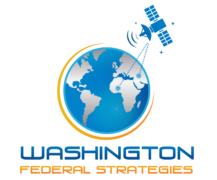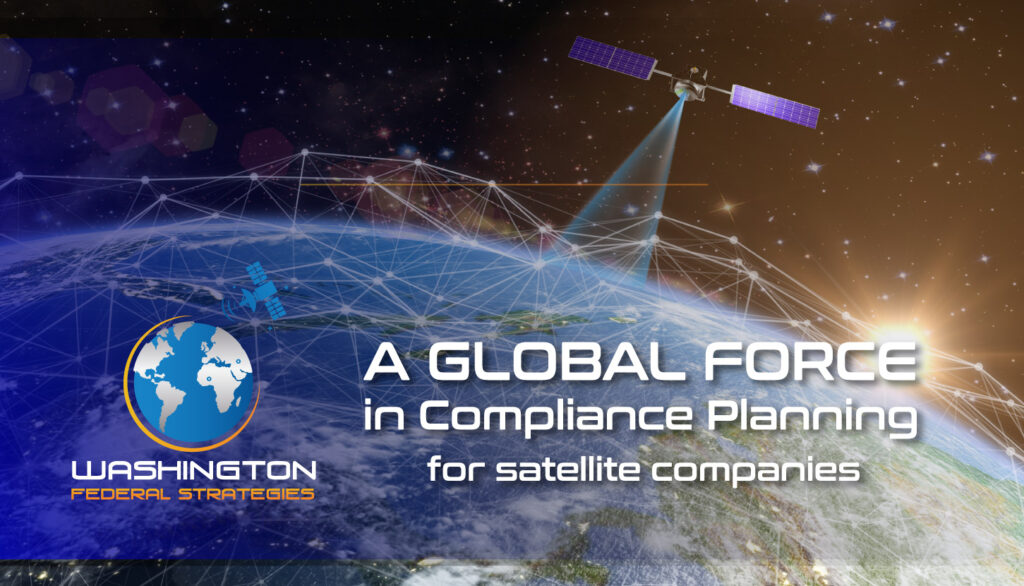As the U.S. commercial space industry matures, regulatory compliance has become one of the most overlooked yet mission-critical functions. In our experience, we have never encountered a client who had every license they needed in place at the outset—even those who were confident they had covered all the bases. The U.S. regulatory landscape involves multiple agencies, each with distinct roles: the Federal Communications Commission (FCC) governs spectrum and satellite authorizations; the Federal Aviation Administration (FAA) licenses launches and reentries; the National Telecommunications and Information Administration (NTIA) coordinates federal spectrum use; the National Oceanic and Atmospheric Administration (NOAA) oversees remote sensing; and the Department of Defense (DOD) interfaces on space situational awareness and national security. There are other international regulatory agencies to take into account too, depending on your company’s unique ecosystem. Navigating this matrix demands a structured, proactive compliance plan, and let us say — “it ain’t easy!”.
In our 30 years of experience, here are the key elements that we find that every space innovation company should include in their regulatory compliance plan to set themselves up for success from the get-go:
1. Track and Meet Regulatory Deadlines
Timely compliance with filing and milestone deadlines is essential. Whether it’s FCC satellite licensing, FAA launch approvals, or NOAA remote sensing certifications, missing deadlines can delay or derail operations. Maintain a master compliance calendar and designate accountable personnel for each filing.
2. Understand Your License Conditions
Each U.S. regulatory agency imposes specific conditions:
- FCC: Frequency coordination, power limits, orbital debris mitigation, and milestone reporting.
- FAA: Launch and reentry licensing, safety requirements, and environmental assessments.
- NOAA: Licensing for Earth observation systems and safeguarding of remote sensing data.
- NTIA: Frequency coordination for federal spectrum use.
- DOD: Coordination on space situational awareness and orbital deconfliction for national security.
Read all license documents thoroughly, and disseminate relevant conditions across engineering, legal, and operations teams.
3. Adhere to License Requirements
Operate strictly within authorized parameters. This includes spectrum use, launch/reentry safety, imaging restrictions, and data dissemination policies. Log operational data and submit required reports to maintain transparency with regulators.
4. Monitor Regulatory Changes
Stay alert to regulatory updates. The FCC, FAA, and NOAA frequently propose rulemakings or policy changes. Engage with trade associations and public consultations to remain informed and influence outcomes when appropriate.
Don’t Navigate This Alone
Successfully managing a regulatory compliance program means coordinating across a constantly evolving set of rules, policies, and agency expectations. Between shifting FCC rulemakings, evolving FAA safety standards, new NTIA coordination protocols, and rising cybersecurity expectations from the DOD, keeping track of it all can be a full-time job. Rather than risking costly delays, license denials, or mission setbacks, we strongly encourage engaging a dedicated regulatory compliance advisor (like us!) An experienced advisor can take the guesswork out of the process, monitor deadlines, manage agency communications, and provide strategic guidance to keep your program on track.
Don’t let regulatory blind spots derail your mission. Make compliance a core competency—and let an expert take the administrative burden off your team’s shoulders.
Stay tuned for more things to consider in part two of How to Build a Bulletproof Regulatory Compliance Plan.

